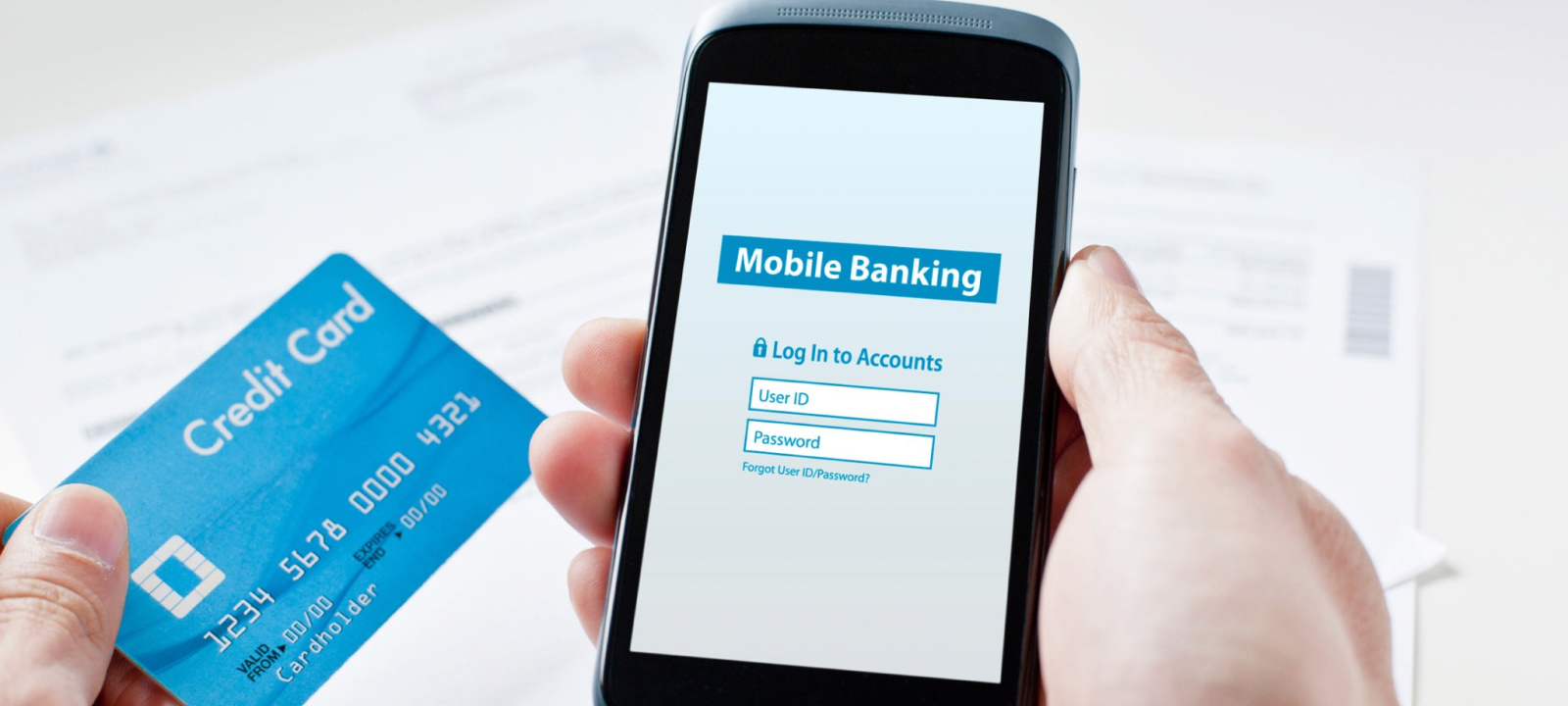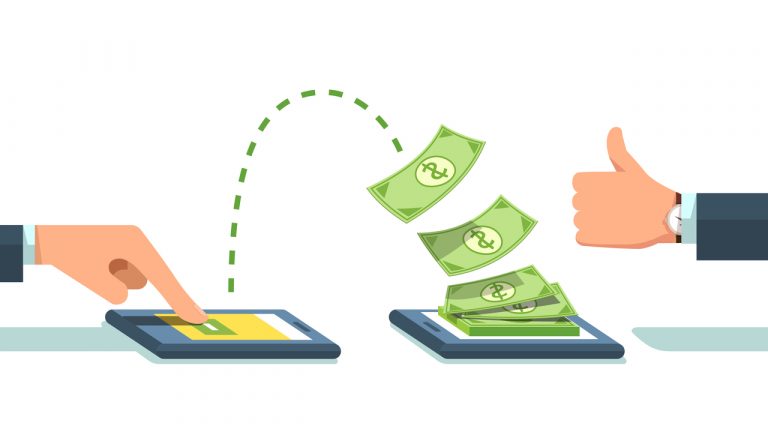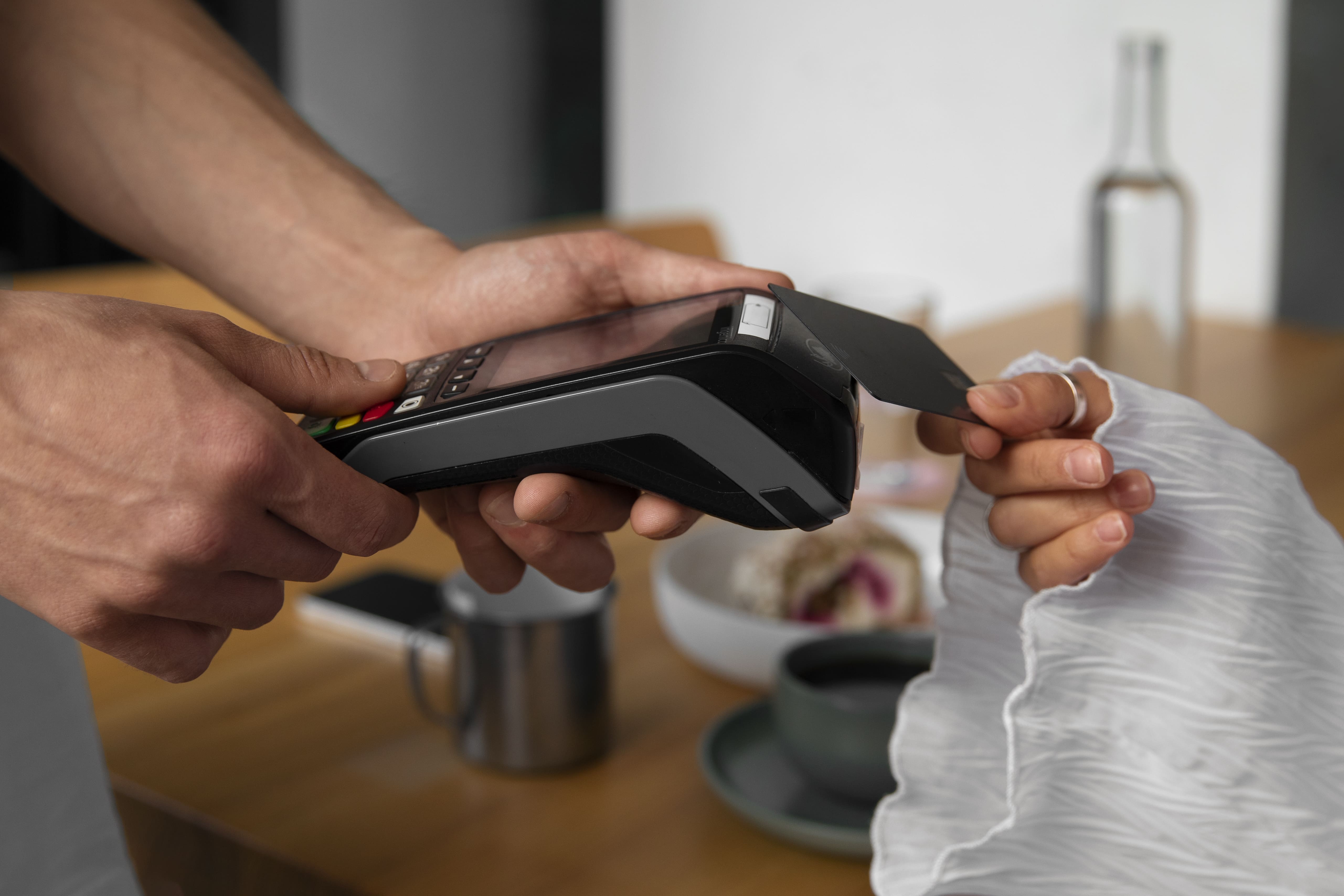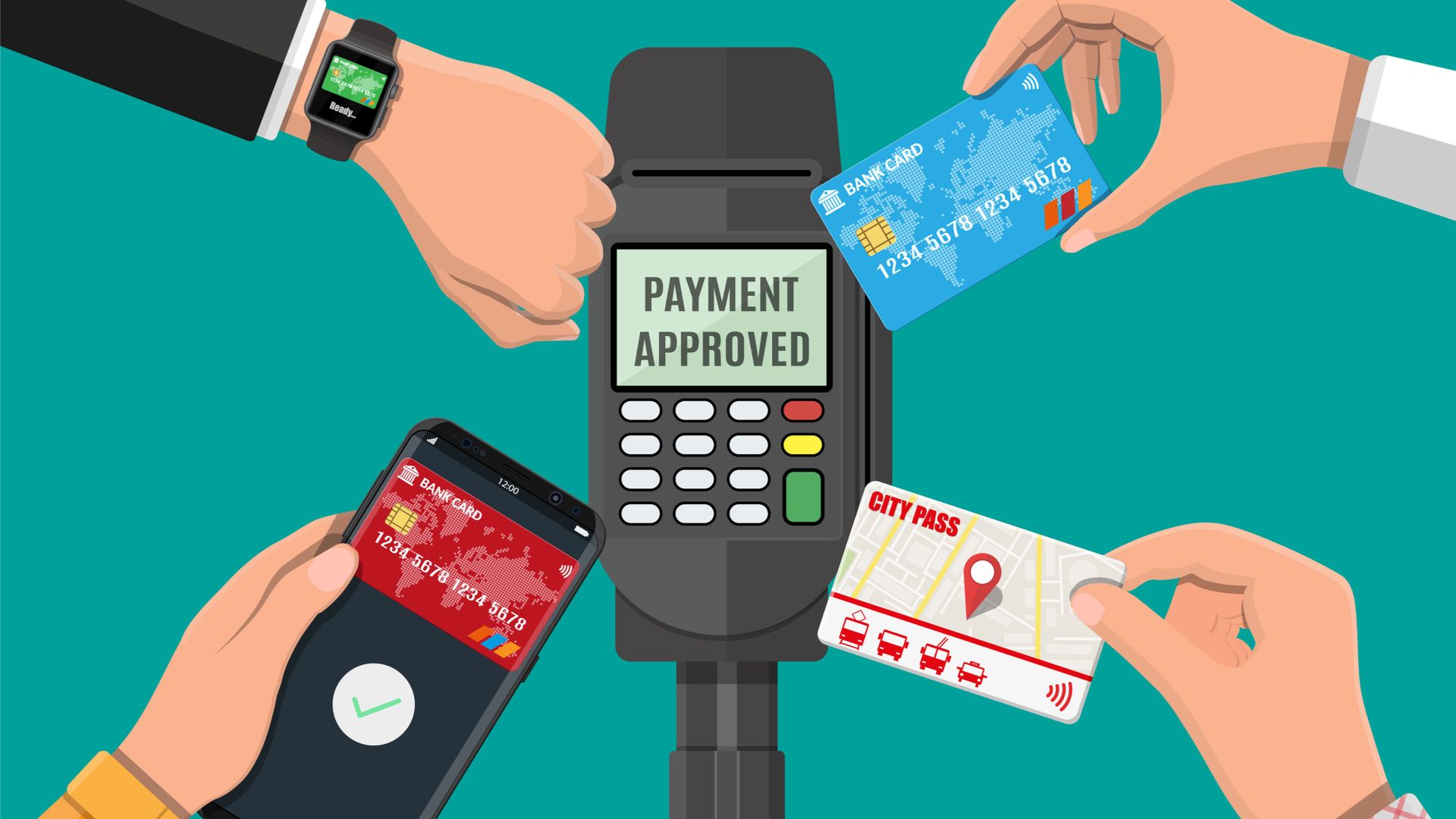Mobile banking has been steadily gaining popularity over the past decade, but the COVID-19 pandemic accelerated its adoption in a big way. As more people turned to online banking to avoid physical contact and maintain social distancing, mobile banking emerged as the preferred channel for customers of all age groups.
Let’s dive into stats and reports
In BAI Executive Report, experts explore the current state of mobile banking and the challenges and opportunities that come with it. One of the key takeaways is that mobile banking has become a critical factor in consumers’ decision-making when it comes to choosing a bank.
According to a recent survey, 70% of consumers said they would switch banks if their current provider’s mobile app was not up to par. This means that banks must invest in creating a seamless and user-friendly mobile experience to retain and attract customers.
However, delivering a fast and frictionless mobile banking experience is easier said than done. Banks must strike a delicate balance between convenience and security, as fraudsters continue to develop sophisticated strategies to steal users’ personal and financial information.
To address this challenge, many banks are investing in advanced fraud detection and prevention technologies, such as biometric authentication and behavioral analytics, to protect their mobile channels from attacks. They are also partnering with fintech companies to leverage their expertise in areas such as AI and machine learning to enhance the security of their mobile banking platforms.
Another key benefit of mobile banking is its potential to promote financial inclusion. With more people gaining access to smartphones and mobile internet, mobile banking has emerged as a powerful tool for reaching the unbanked and underbanked populations.
By offering basic banking services such as account opening, money transfers, and bill payments through mobile channels, banks can help improve financial literacy and enable people to participate more fully in the economy. This not only benefits individuals but also contributes to the overall economic growth and development of a country.
Moreover, mobile banking can also help banks build customer loyalty by providing personalized and contextualized experiences. By leveraging data analytics and AI, banks can deliver targeted offers, promotions, and recommendations based on customers’ preferences, behaviors, and needs.
This not only enhances the user experience but also drives revenue growth for the bank. In fact, a recent study found that banks that deliver personalized experiences through mobile channels can increase their revenues by up to 15%.
Finally, the report highlights five strategies for driving profit in digital banking, including cross-selling, upselling, fee-based services, value-added services, and partnerships. By leveraging these strategies, banks can monetize their mobile channels and generate new streams of revenue while also delivering value to their customers.
In conclusion, mobile banking has moved to center stage and is rapidly becoming the preferred channel for consumers across all age groups. However, to capitalize on this trend, banks must invest in creating a seamless and secure mobile experience, promote financial inclusion, build customer loyalty, and explore new revenue streams through strategic partnerships and value-added services.
Pepper Pay’s payment facilitation services are particularly valuable for businesses that rely on mobile banking to process payments. By integrating with Pepper Pay, these businesses can offer their customers a seamless and secure payment experience, which is essential for building trust and driving customer loyalty.











